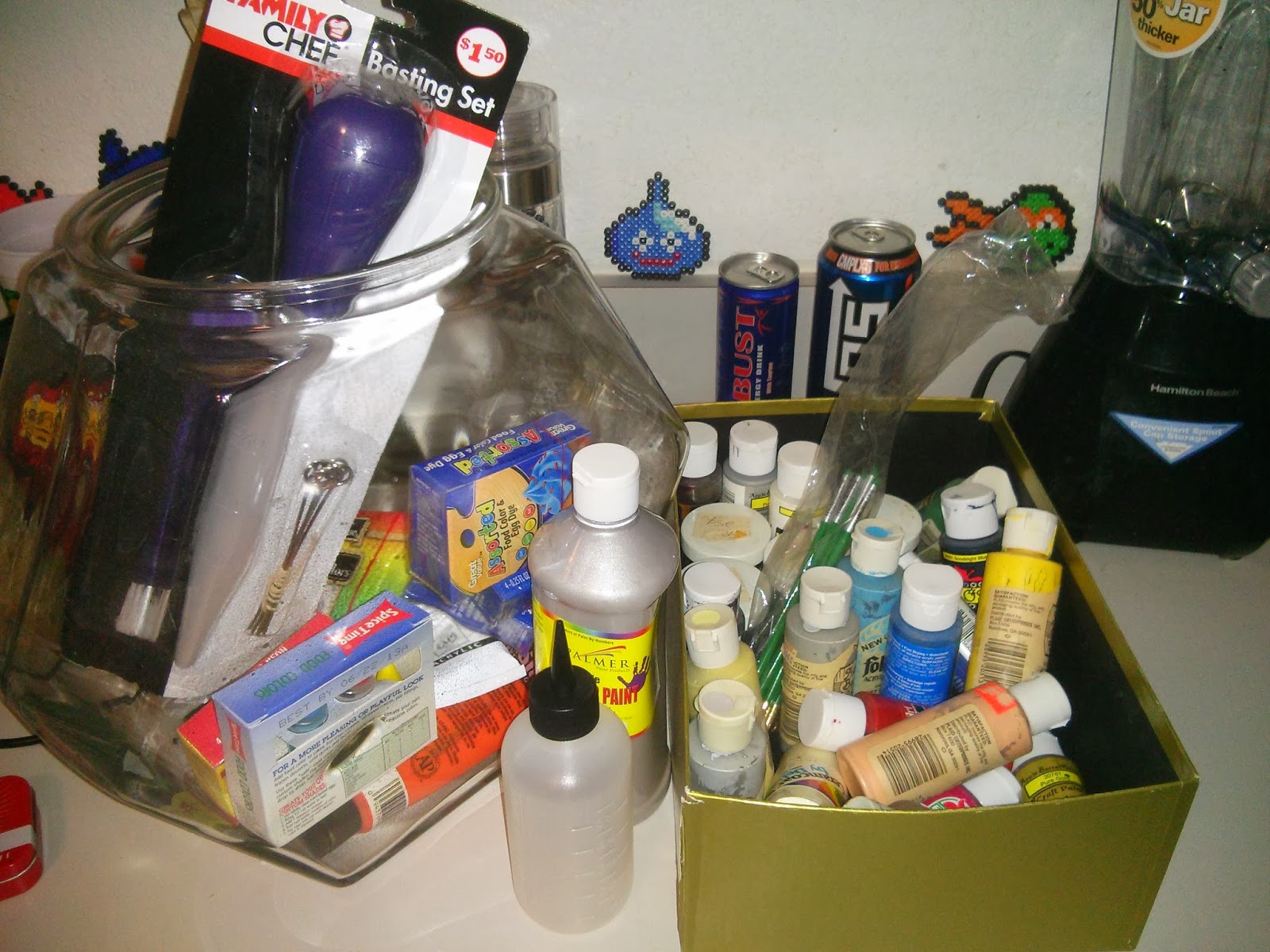Progress is slow going, uphill, both ways, in the snow and barefoot.
Finding the right ratio of water to paint to create a light enough cloud but heavy enough bloom that will hold shape long enough to photograph is tough to say the least. AND AND AND since I'm so used to using dinky little book lights as my light sources - I didn't have enough light in the whole gosh darned house to work with a higher shutter speed and smaller aperture... Tough Twinkies! I laugh in the face of adversity! Mwahahaha!
...have some photos for your face to feed upon!
Join me as I discover various art making methods and attempt to further my visual vocabulary.
Tuesday, February 11, 2014
Wednesday, February 5, 2014
New Idea
So, I had a wild hair that sprouted. (I won't tell you where, it's embarrassing.) I had a conversation with this little hair and it told me that I needed to figure out how to make an atmosphere for my sets. I agreed, and asked what its opinion was. It said that I should make atmospheres out of pickle juice and farts, at which point I promptly stopped listening and plucked it. But that thought stuck with me no matter where I went. That blimey fellow left its mark...
I did some research on color fields and pours. Some of the artists are: Clyfford Still, Stanley Hayter, Maurice Sapiro, and more.
Then I learned about Kim Keever (images below)...and my mind was blown clean off. CLEAN OFF. So clean in fact that I was able to reattach with no problems.

The long term plan: to create romantic/atmospheric paper landscapes/narratives by using a tank, water, paper (of course), and paint.
The short term plan: to figure out how to make clouds/blooms in water.
Why? This will help achieve a romantic atmosphere.
Then what? Figure out what paper forms will submerge properly in water, what distortions occur, etc.
Step 1: Ask myself a hundred questions why I want to do this. (Helps with figuring out how to word my reasons and make connections.)
Step 2: Gather materials.
Step 3: Experiment with different materials to determine viscosities, gravitational pulls, attractions, repellants, dripping methods, mixing ratios, etc.
Experimentation images to come!
I did some research on color fields and pours. Some of the artists are: Clyfford Still, Stanley Hayter, Maurice Sapiro, and more.
Then I learned about Kim Keever (images below)...and my mind was blown clean off. CLEAN OFF. So clean in fact that I was able to reattach with no problems.

The long term plan: to create romantic/atmospheric paper landscapes/narratives by using a tank, water, paper (of course), and paint.
The short term plan: to figure out how to make clouds/blooms in water.
Why? This will help achieve a romantic atmosphere.
Then what? Figure out what paper forms will submerge properly in water, what distortions occur, etc.
Step 1: Ask myself a hundred questions why I want to do this. (Helps with figuring out how to word my reasons and make connections.)
Step 2: Gather materials.
Step 3: Experiment with different materials to determine viscosities, gravitational pulls, attractions, repellants, dripping methods, mixing ratios, etc.
Experimentation images to come!
Subscribe to:
Posts (Atom)








